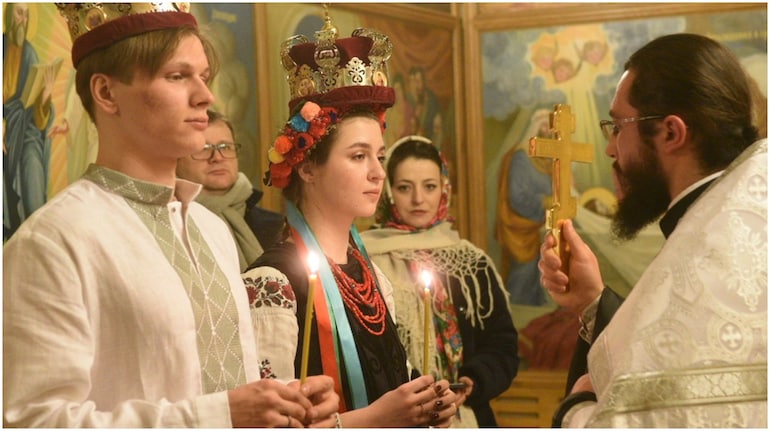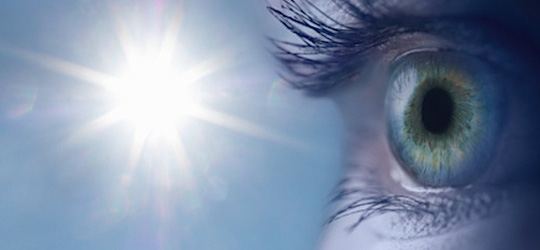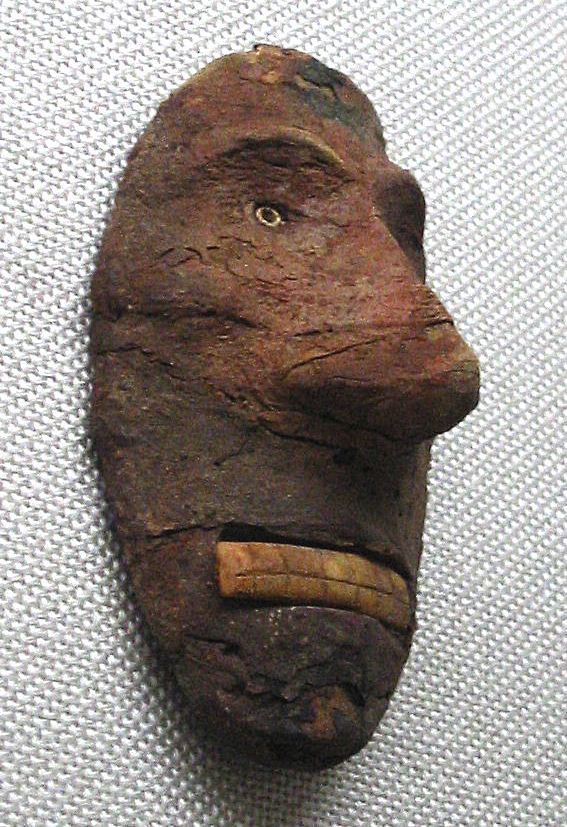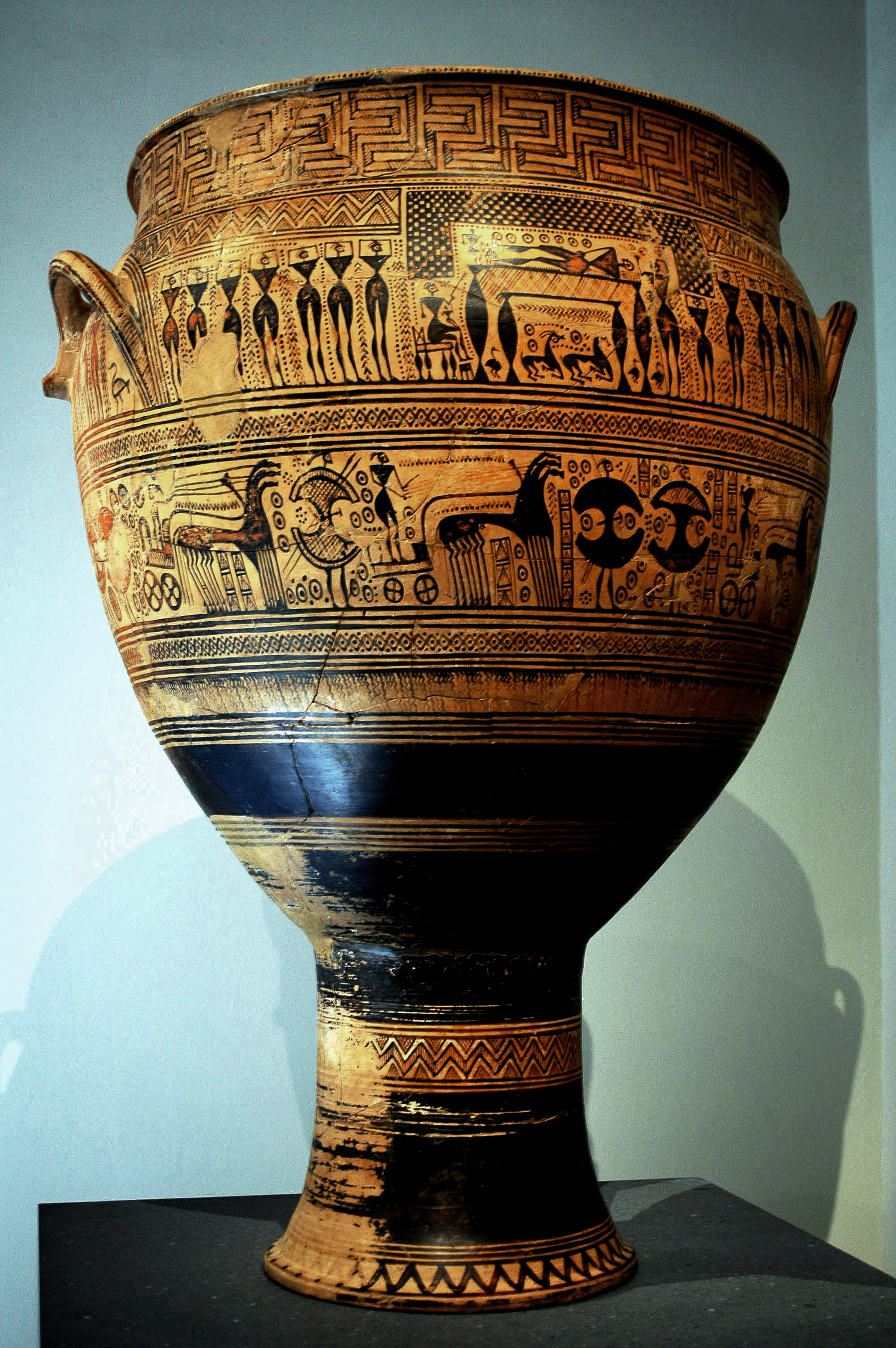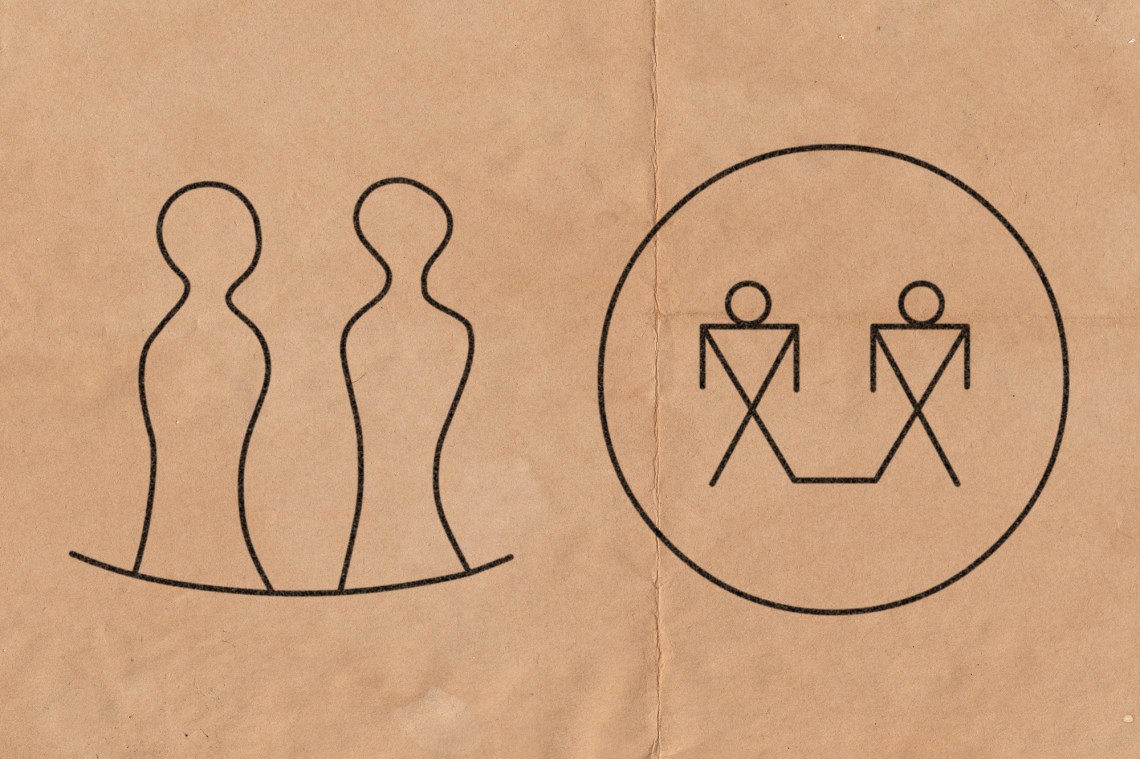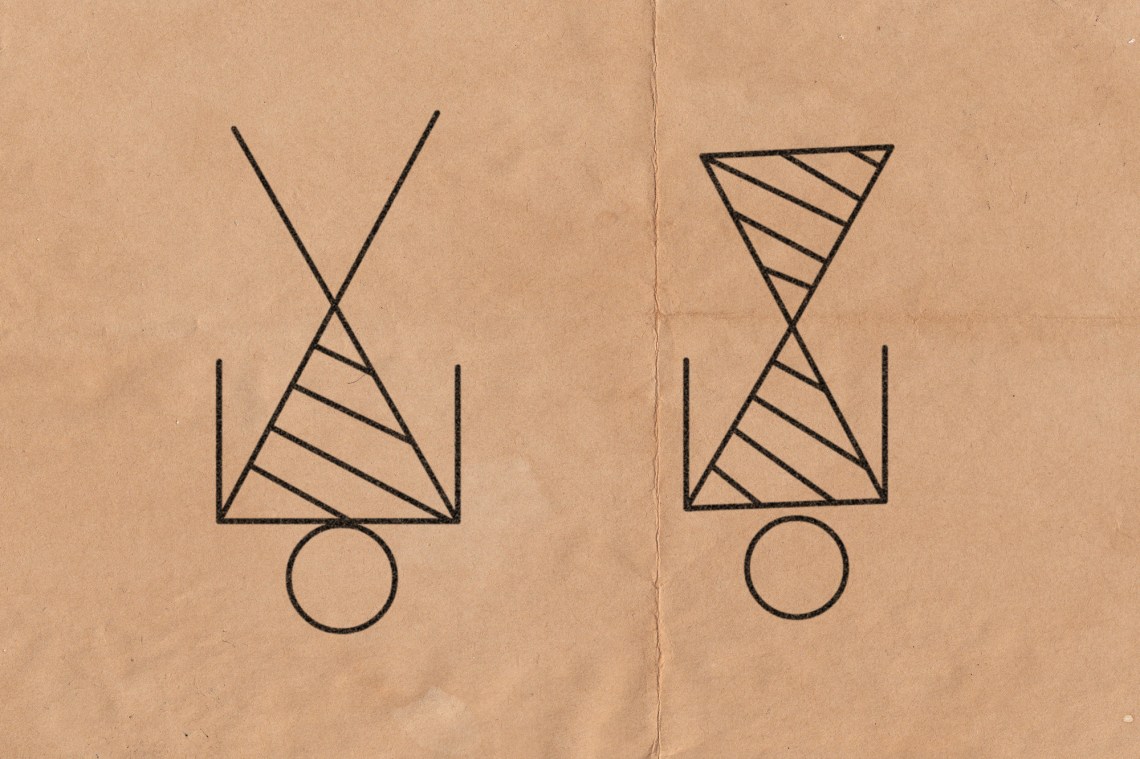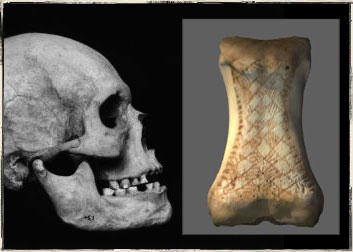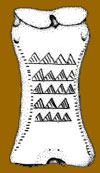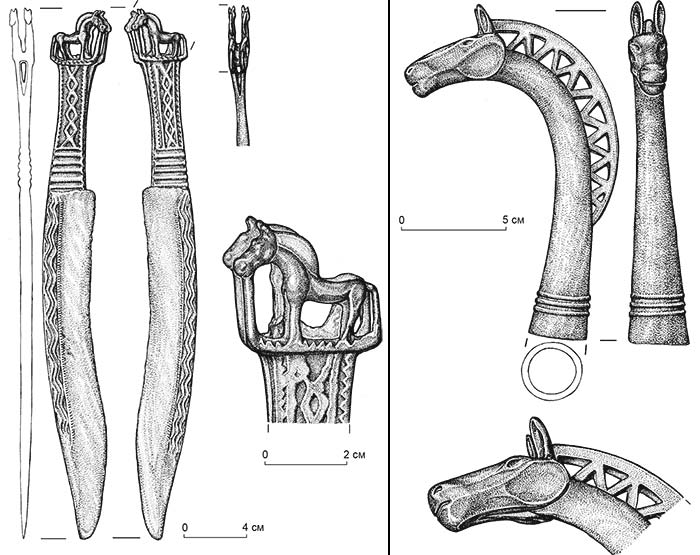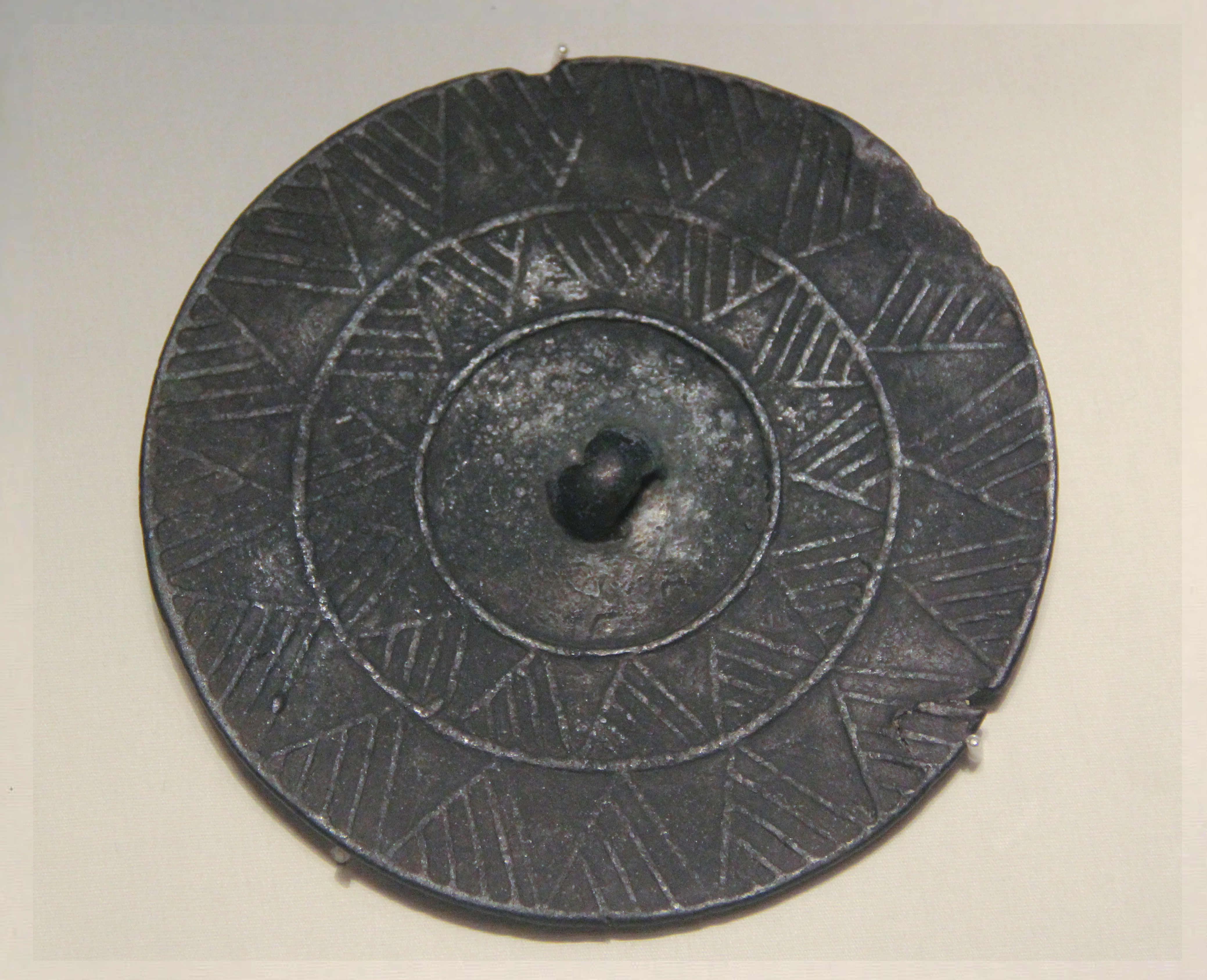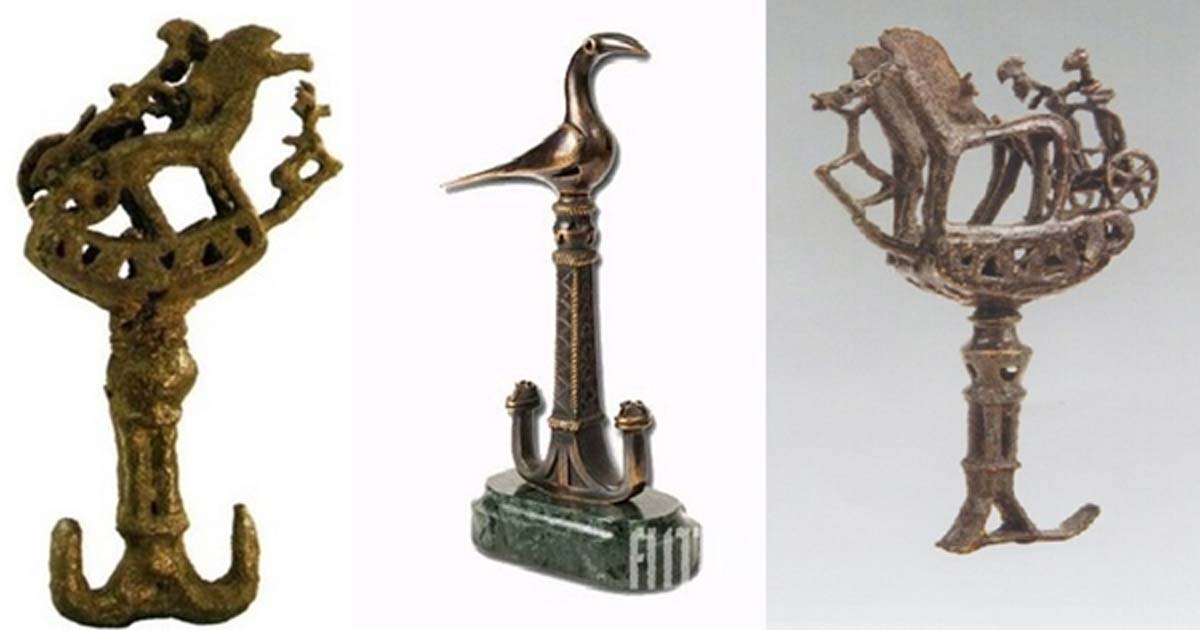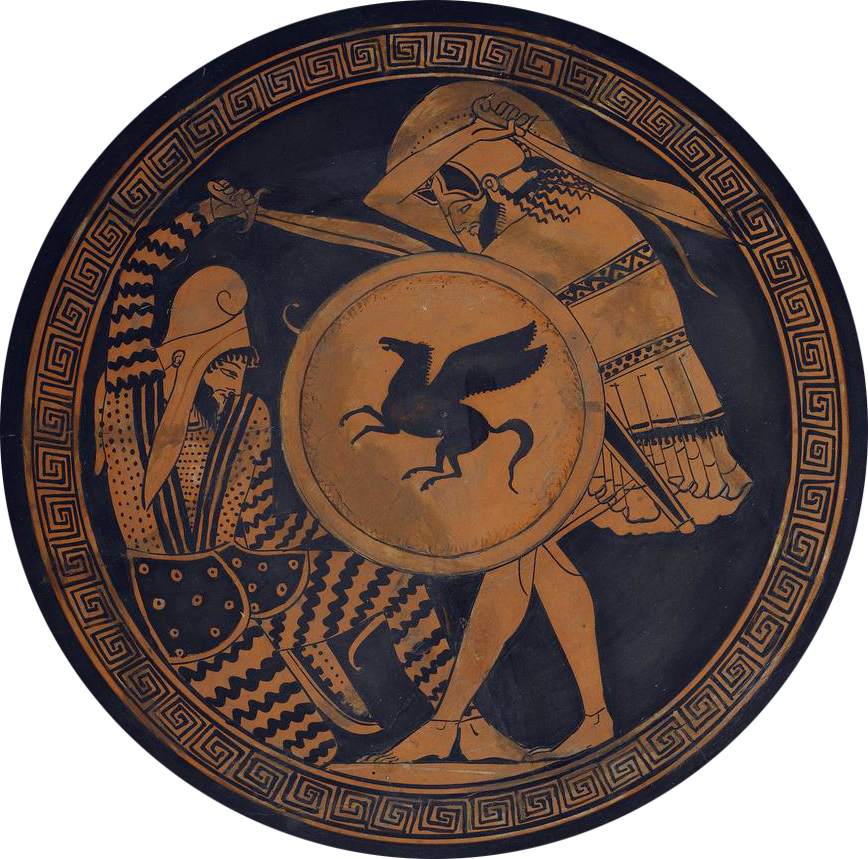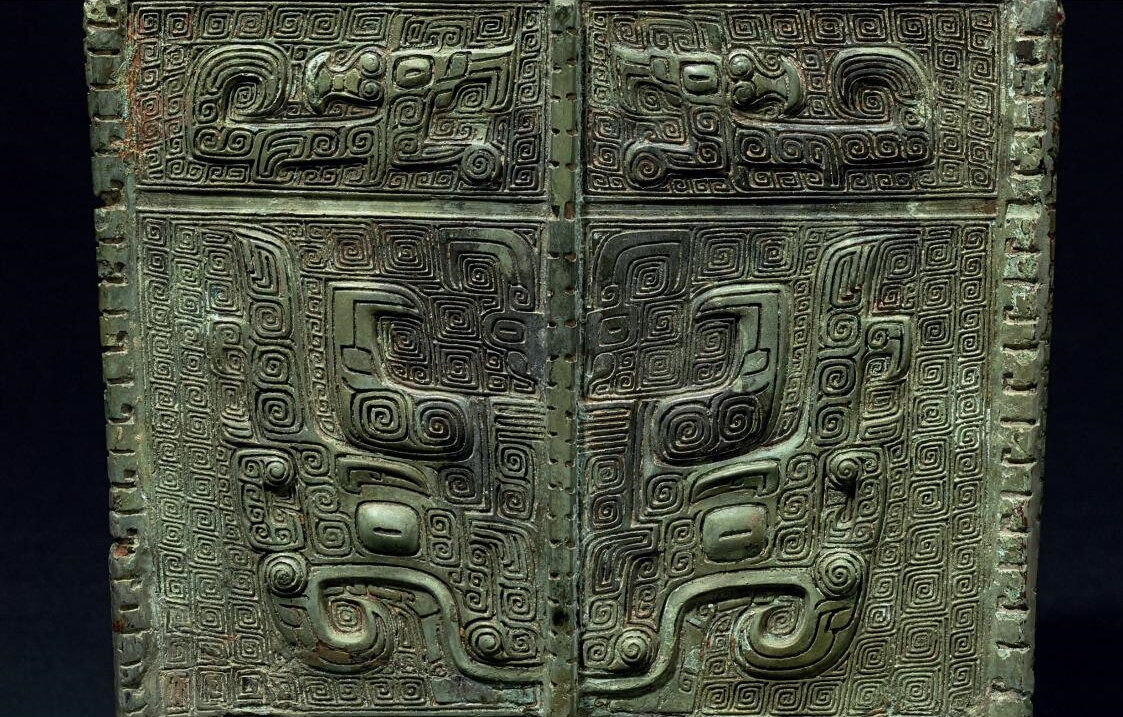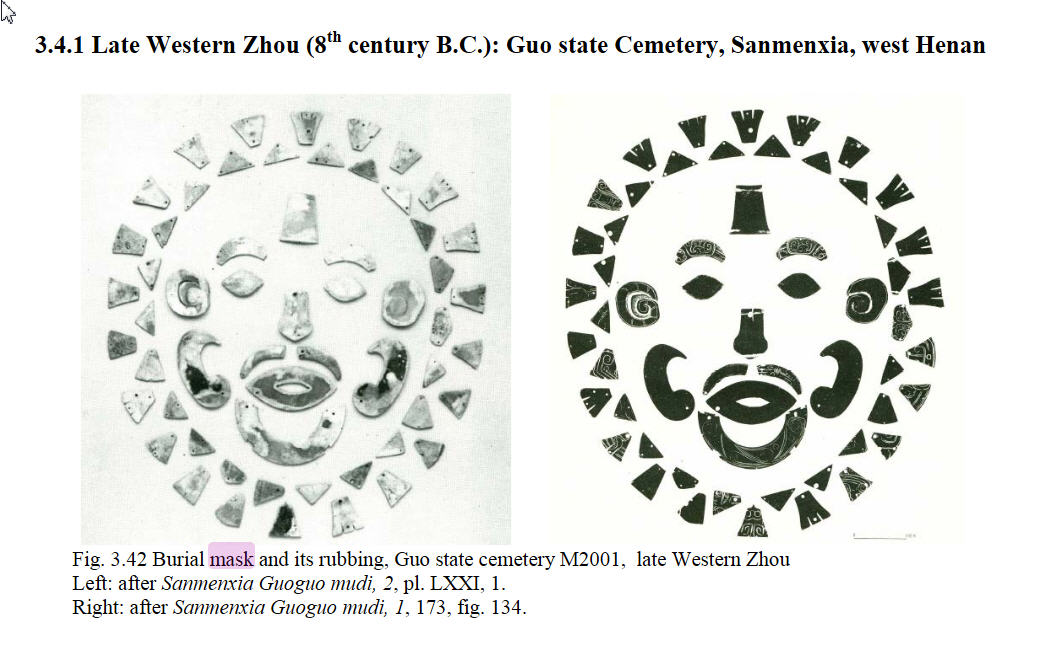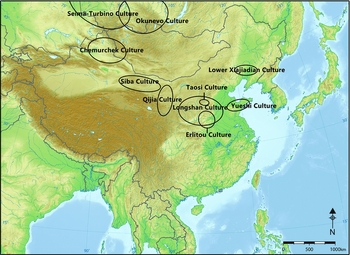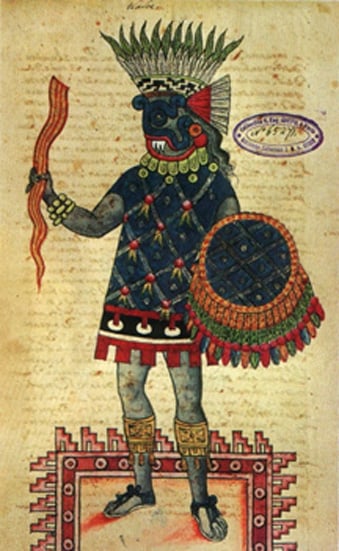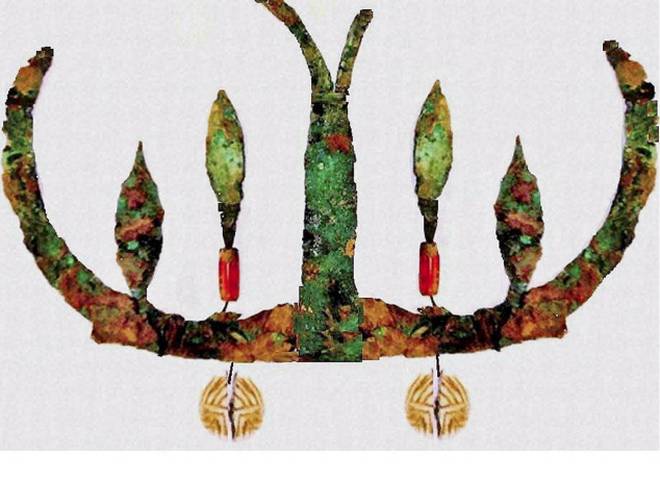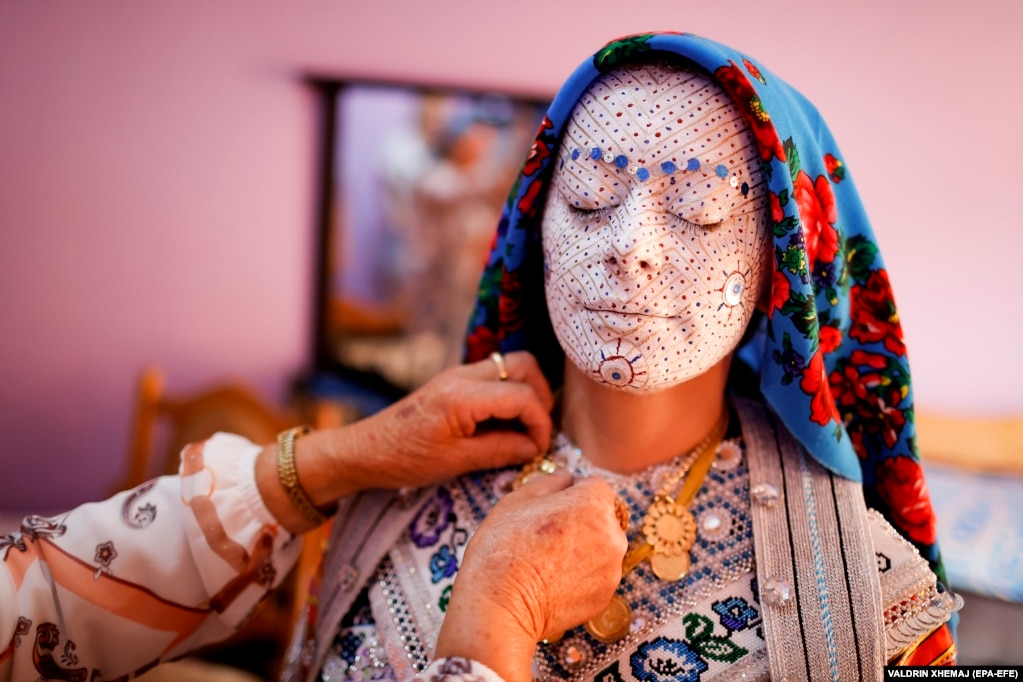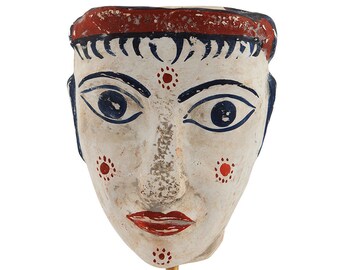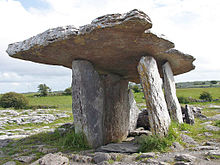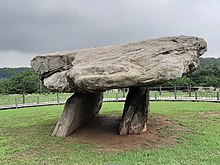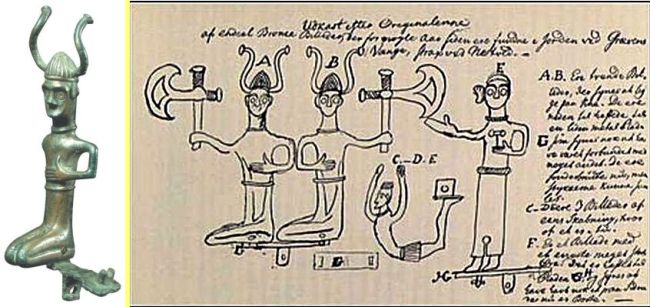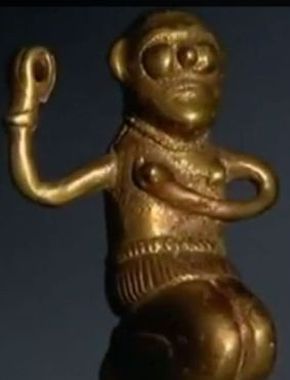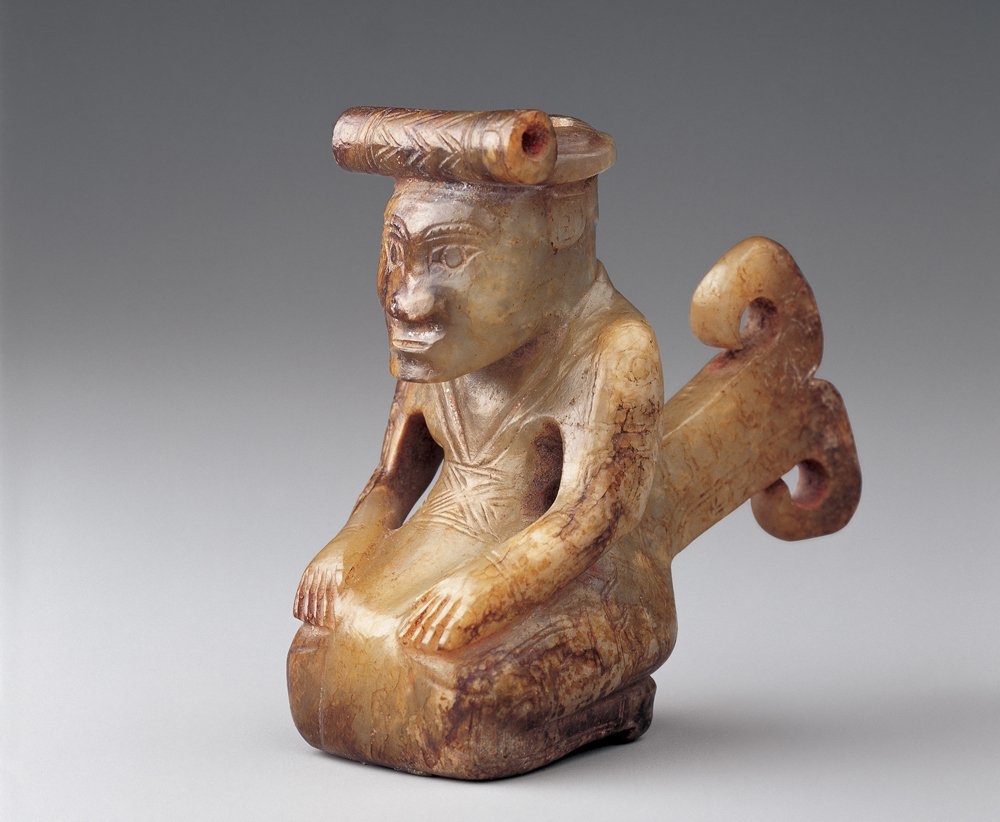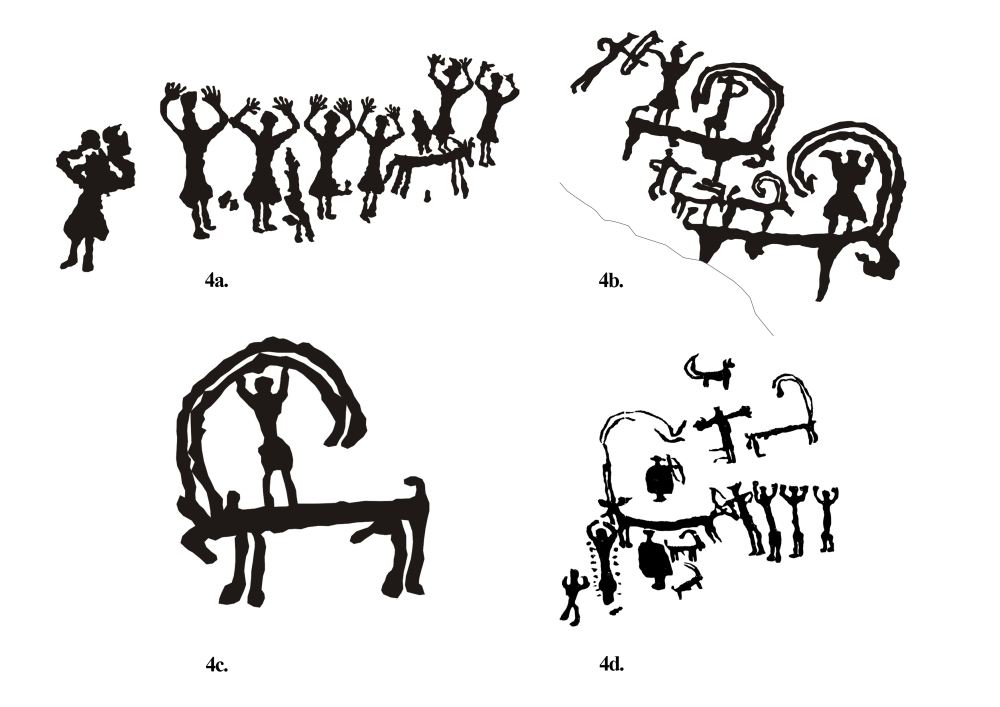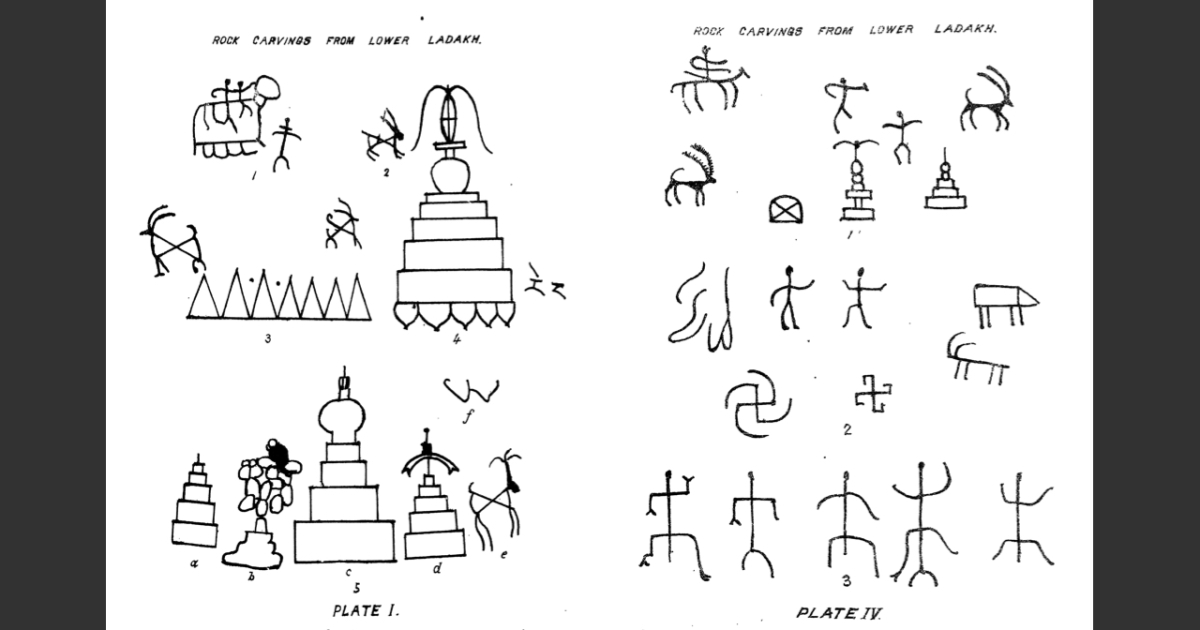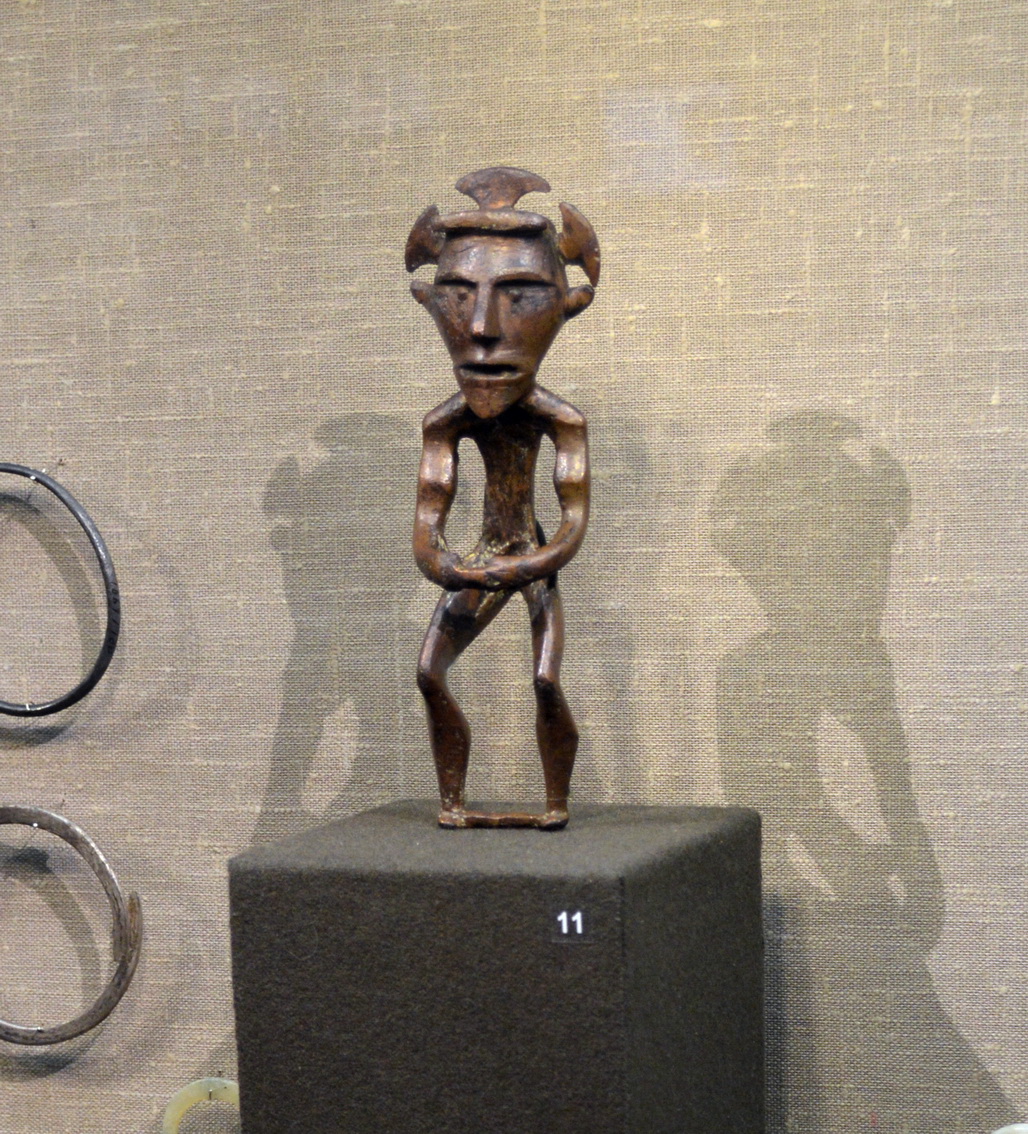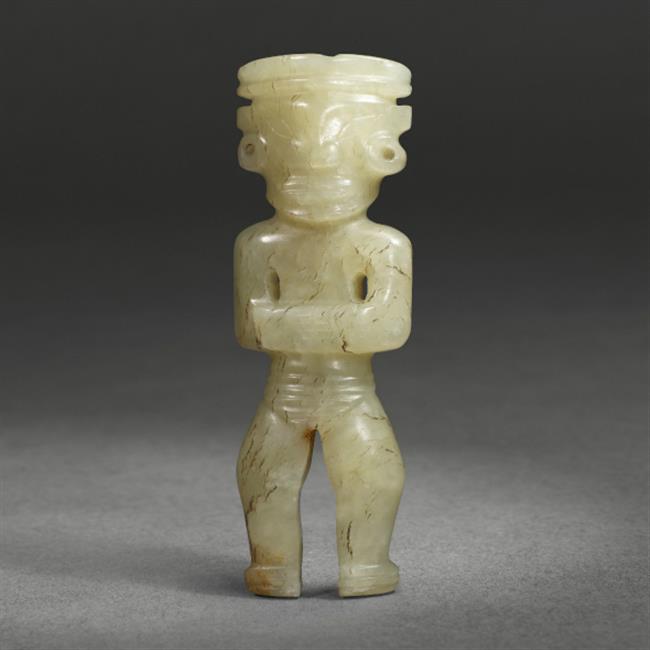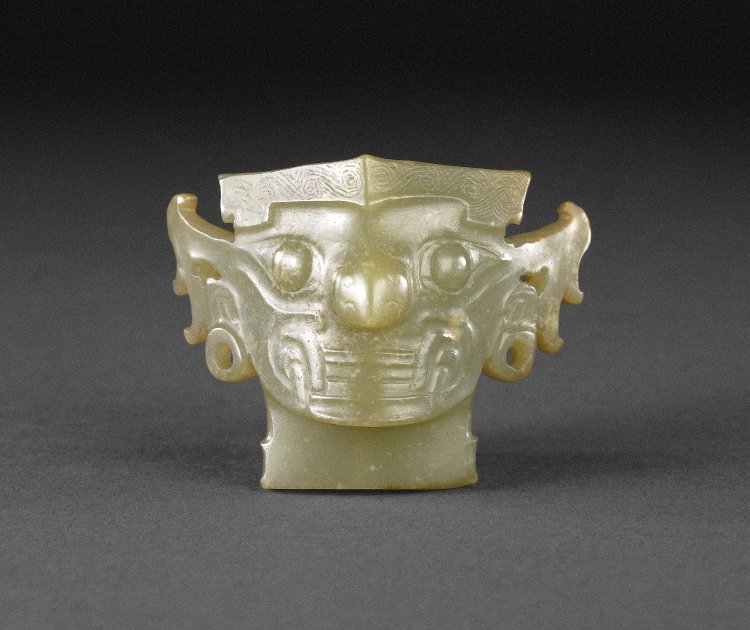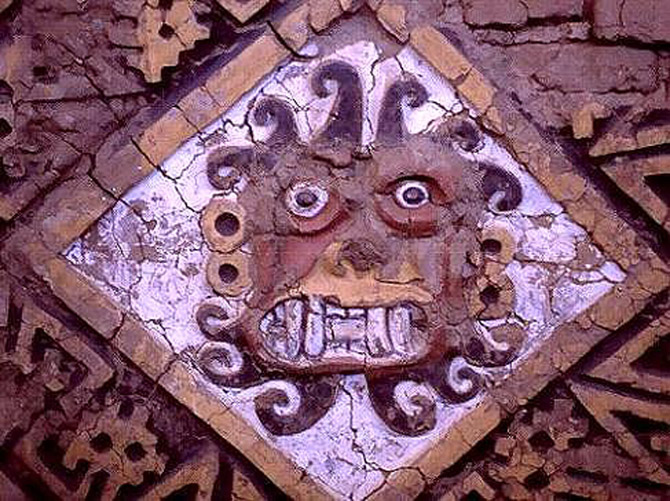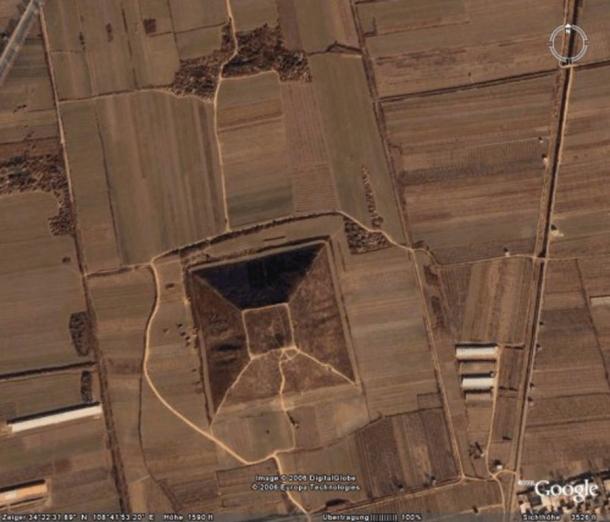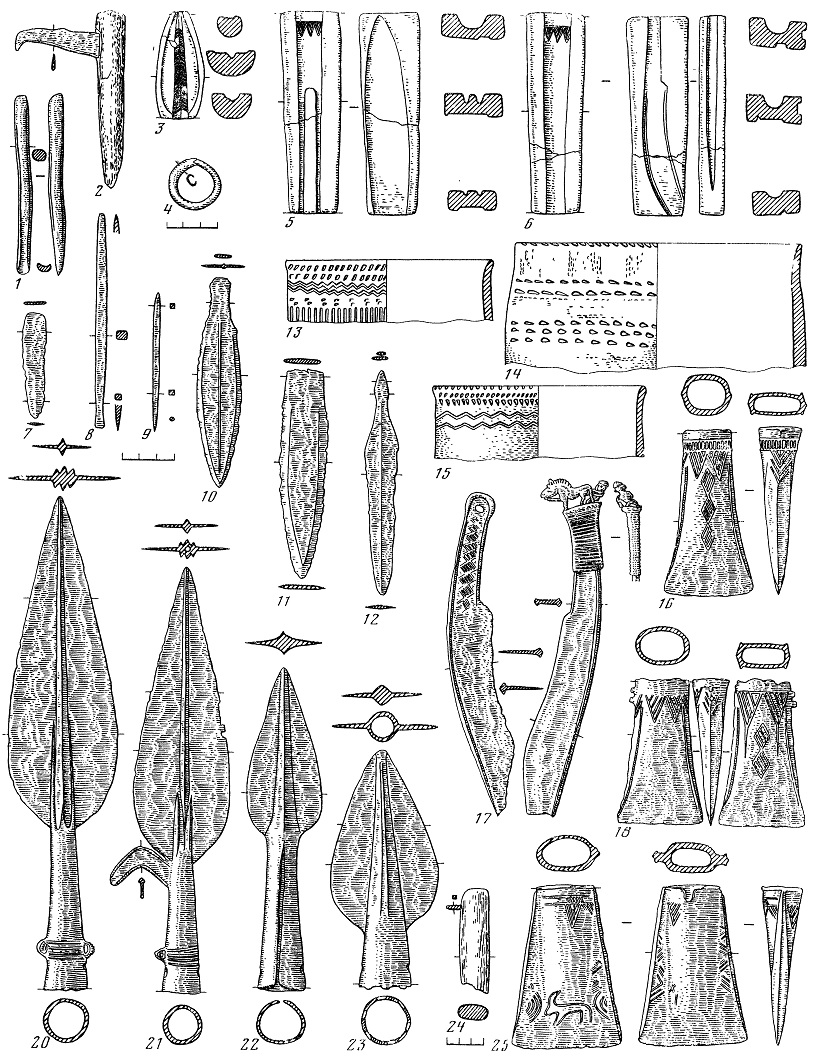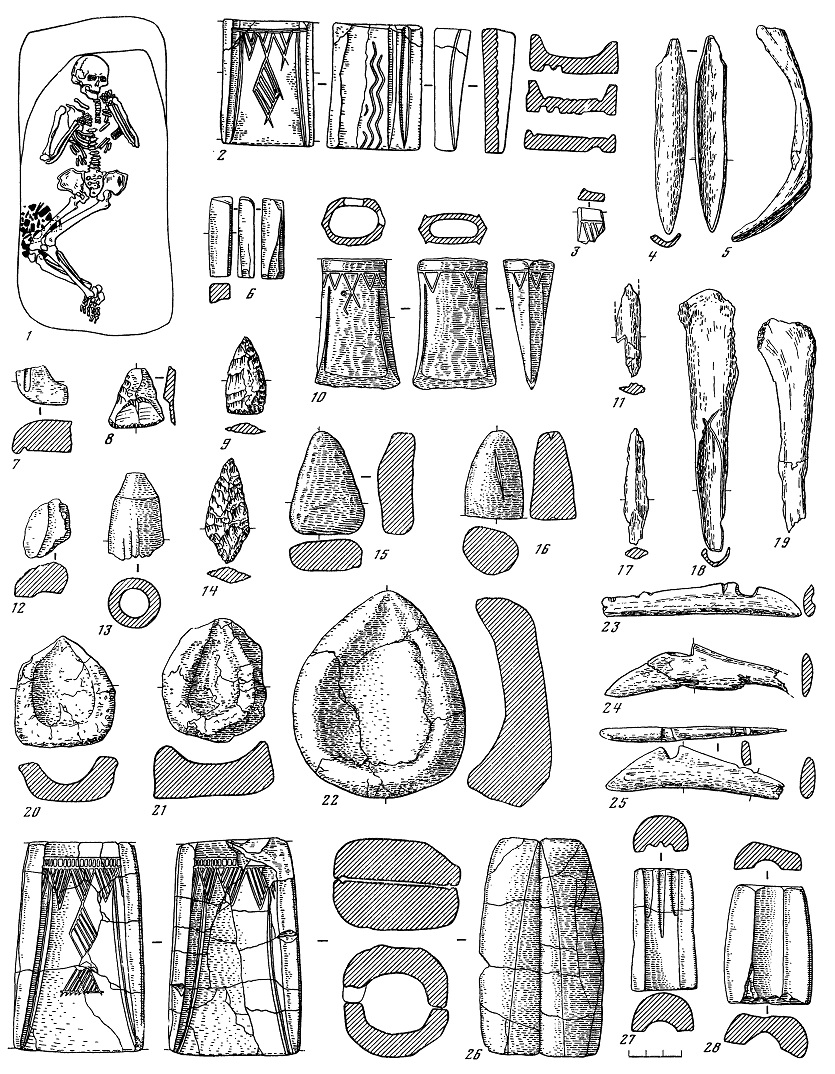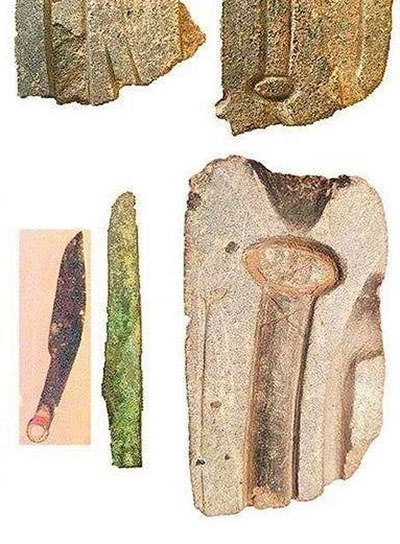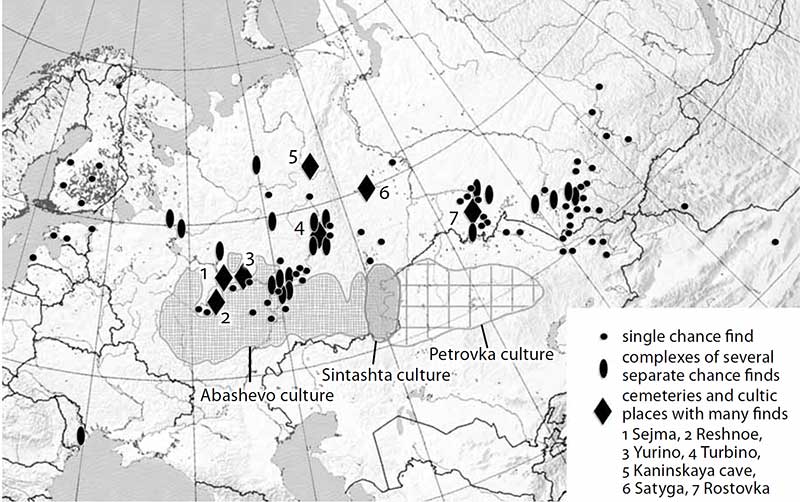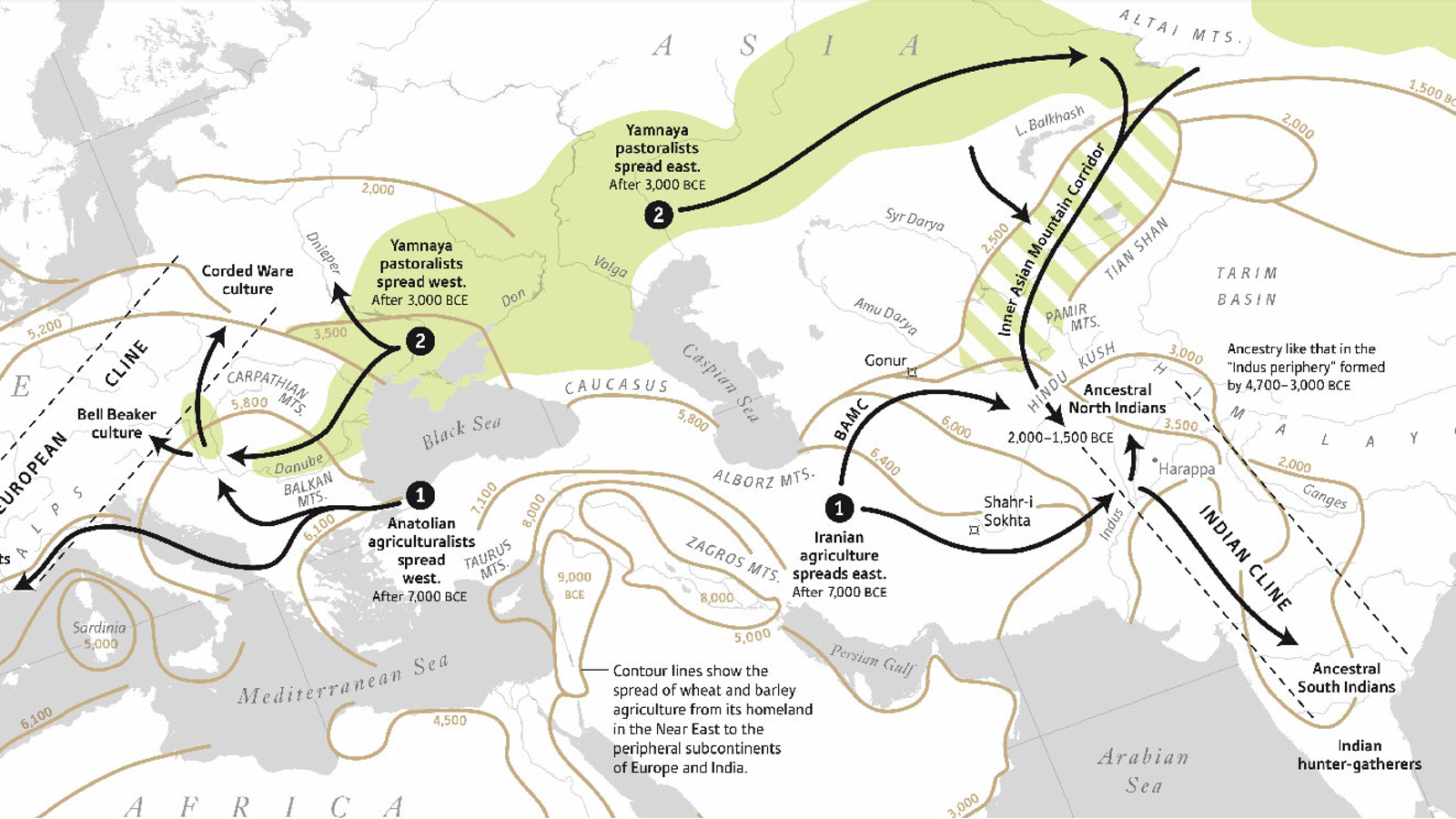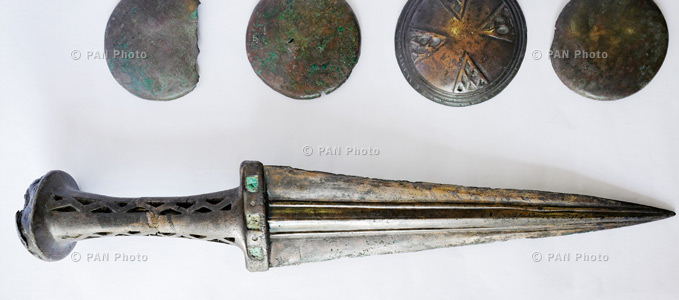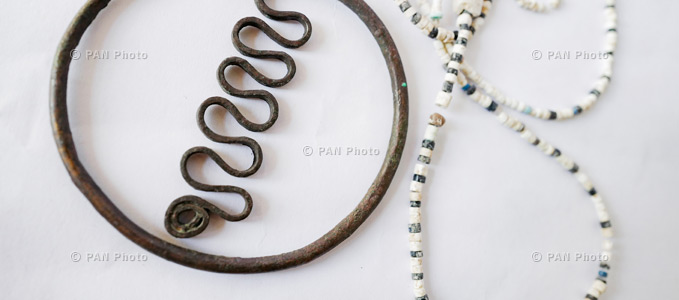that time. Later this territory located in the vast Saryarka peneplain, the Tarbagatay Mountains, Ob-Irtysh interfluve, and plain areas of the Southern Urals became the ancestral homeland of IEs; the identities of IIrs, Indo-Aryans, and of the Tocharian were formed there. The whidespread cross-breeding of IEs, which occurred through female line as a result of contacts in the process of development of new territories, was essential for formation of their cultural identity. However, with the expansion of the range of new pastures, the natural spreading of cattle-breading groups inevitably met resistance from the indigenous population. The most notable of the conflicts happened when these grops faced forest-steppe clans on Seima-Turbino territory. It was conflict between two communication systems; intense phase of communication where one side used chariots and the other was armed with socketed weapons. Very soon the nature of these relationships became synthetic, which was clearly manifested by mutual borrowing of advanced technological skills. Anyway, chariots, socketed weapons of SeimaTurbino type, and tin casting technology were actively used by representatives of Early Andronovo and later Karasuk societies. These set of innovations rapidly spread to all contact areas, where steppe clans interacted with ancient sedentary civilizations, and contributed to formation of Turanian, Chinese, Balkanian, and Iranian channels of communication [see: Novozhenov, 2012b:114-145; 2012d: 44-67; 2013: 100-117; 2013a; 2014a:18-267].


